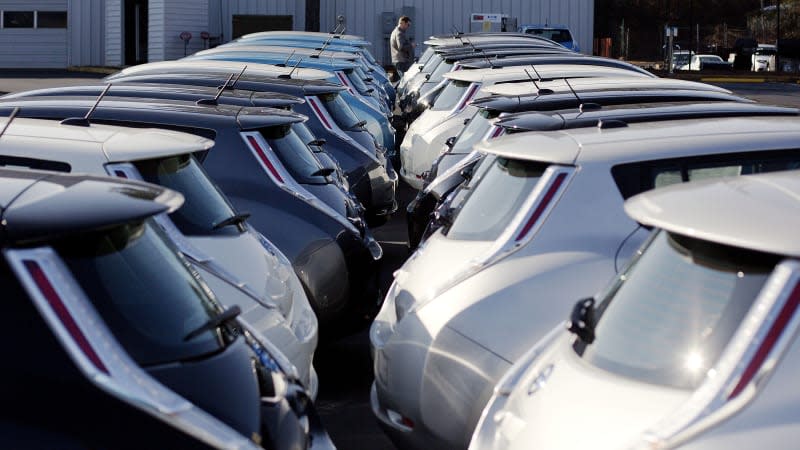New SAE paper says EVs worse than ICEs at hitting EPA-rated range estimates

Anecdotally, we probably come across the same number of comments here and elsewhere about how battery-electric vehicles don't achieve their EPA-rated range estimates versus how they do achieve or exceed their range estimates. A new technical paper from the Society of Automotive Engineers (SAE) co-authored by Car and Driver asserts that "most BEVs tested to date fall short of both their electric consumption and range label values." Not only that, the writers say that the disparity between claimed and actual EV driving ranges is wider than the same disparity for vehicles powered by internal combustion engines. Presenting the paper at this week's SAE World Congress Experience that discusses the hurdles facing transportation and mobility, C/D testing director Dave VanderWerp and SAE's Gregory Pannonethe assert the problem isn't with BEVs, but with EPA testing and calculation procedures.
The quick backstory is that in 2016, Car and Driver added a highway portion to its fuel economy testing. The route is a 200-mile out-and-back loop on I-94 in Michigan, run with the cruise control set at 75 miles per hour, the speed backed by GPS verification. The mag explained the process in detail in 2020, including how EV testing adds a few extra steps to ensure state-of-charge consistency, measure range fluctuations over time, and extrapolate data points to adjust for last few percent of unused charge. Last October, VanderWerp explained, "We chose 75 mph for our test because driving at a steady elevated speed is the worst range case for an EV (this is not the case for a gas-powered car, which we run at 75 mph to get a highway fuel-economy figure). Another reason is that range matters most in a scenario like a highway road trip where you're driving a lot of miles in a day; nearly every EV on the market has sufficient range when stuck in slow city traffic for hours upon hours."
In August 2022, VanderWerp wrote, "Unlike gas- or diesel-powered vehicles, which regularly beat their EPA ratings in our highway testing, only three of the 33 EVs that we've run range tests on to date have exceeded their EPA highway and combined figures." Comparing numbers by powertrain in relation to the new paper, C/D wrote that on the highway test, "more than 350 internal-combustion vehicles averaged 4.0 percent better fuel economy than what was stated on their labels. But the average range for an EV was 12.5 percent worse than the price sticker numbers."

 Yahoo Autos
Yahoo Autos 